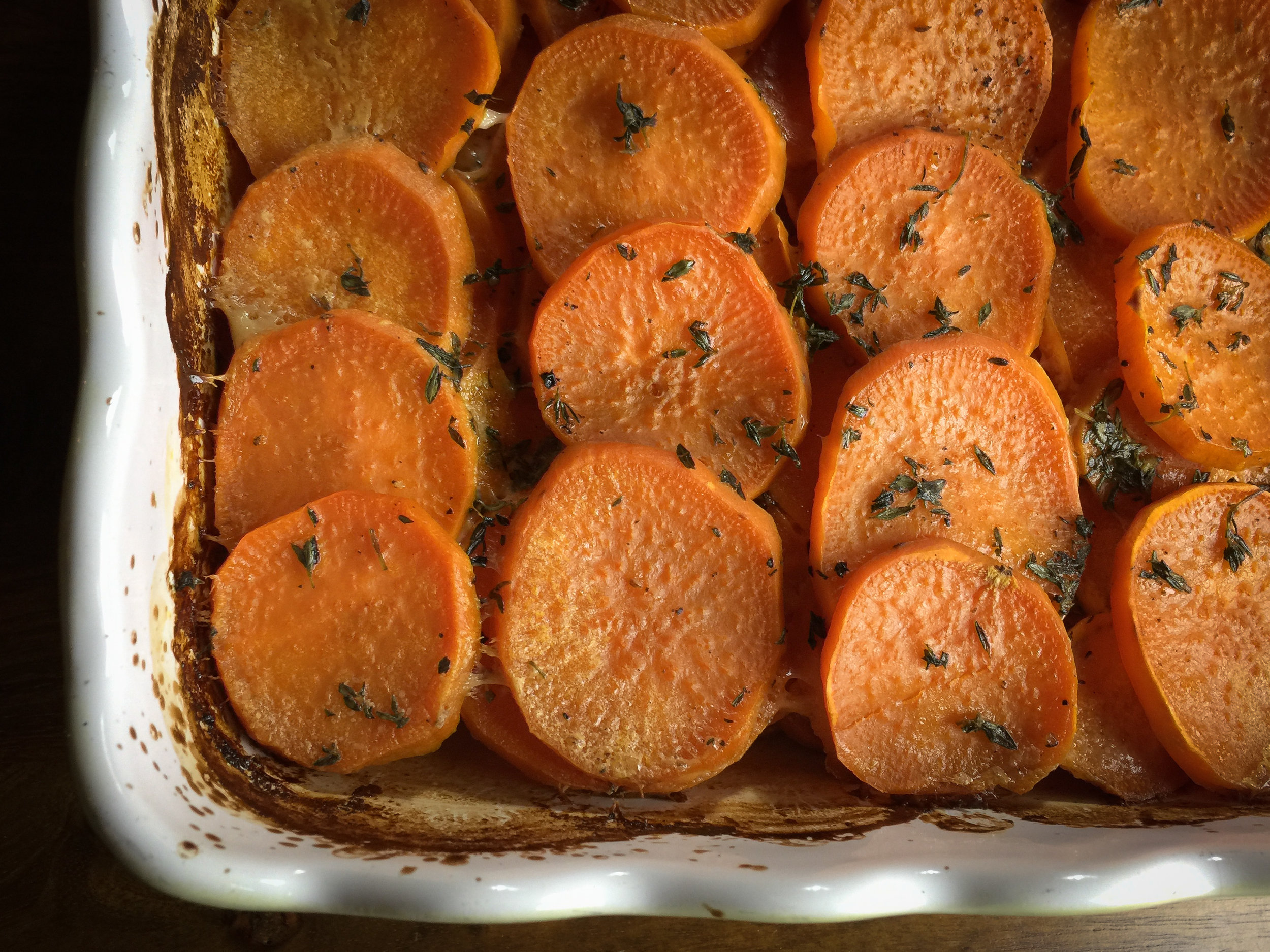How are you feeling? Not so great? Yeah, I thought so.
When someone sneezes chez moi, I reach for a chicken – to make soup. It's what my mom always did. And I've always used her recipe.
And if the husband or the son or whoever happened to sneeze isn't actually under the weather, all the better: The chicken soup idea has been planted, and I can't shake it. As the soup simmers, it fills the house with wonderful smells. Chicken soup was the fragrance of my childhood (along with Chanel No. 5, but never at the same time). And I always find diving into a big bowl of chickeny broth with carrots, celery and noodles to be supremely restorative. No one needs to be ailing for chicken soup to be a splendid idea.
Lots of cultures celebrate chicken soup. There's Chinese wonton soup, Thai thom ka gai (with coconut and lemongrass), Mexican tortilla soup and many more. I love them all.
But for Ashkenazi Jews, no matter how far-removed we are from the old country (wherever in Eastern Europe that may be), it's a primal dish, a cornerstone of Jewish culture – right up there with bagels and chopped liver. And like bagels, it's one of the few Ashkenazi dishes to have infiltrated mainstream American culture. Campbell's Chicken Soup: Is that Jewish, or American? You get my drift.
Fragrant, delicious chicken soup is very easy to make – easier, I'd say, than running out to a deli to pick some up, should you happen to be in possession of a chicken, celery and carrots. In fact, if you've never made it before, once you try it, you'll wonder why it took you so long to make your own.
It goes like this: Cut up a chicken, ask the butcher to cut one up for you or buy one already cut up. The benefit of the first two are you can keep the back and neck to put in the soup -- they add lots of richness. Cover it in cold water, bring to a simmer, and skim. Add aromatic vegetables: onion, carrot and celery. My mom always added parsnip, too, so I follow suit, but it's not essential. If you skip it, add another carrot. Throw in a bunch of dill. Let it simmer an hour and a half or two hours.
Add salt and pepper, and it's basically done. My mom always cooked fine egg noodles separately, put some in each bowl, and then strained some soup directly into each bowl, along with some carrots and celery. She would give us a plate of the chicken separately, and I shudder to think now that we often ate it with ketchup.
I usually strain the whole soup –– reserving the chicken meat, carrots, celery and parsnip and adding them back into the clear soup. Put some cooked noodles in each bowl, and ladle it in.
My recipe includes measurements, but you don't have to measure things to make chicken soup; it's a soup made by feel. My mom never put garlic in hers, but I often do – especially if the soup is serving as Jewish penicillin; then I throw in a whole head, separated into cloves but not peeled. Sometimes I add a leek, or parsley. Have extra chicken parts in the freezer? Throw those in, for sure, and add a little more water.
OK. That is my mom's gift to you. Wear it in good health.













